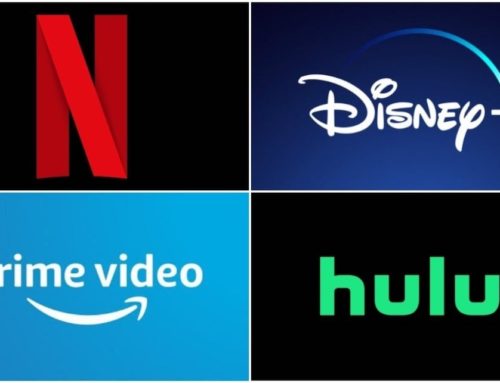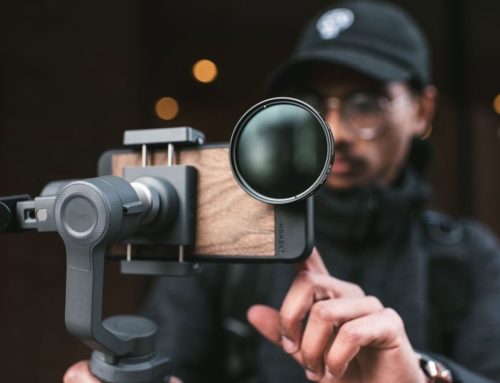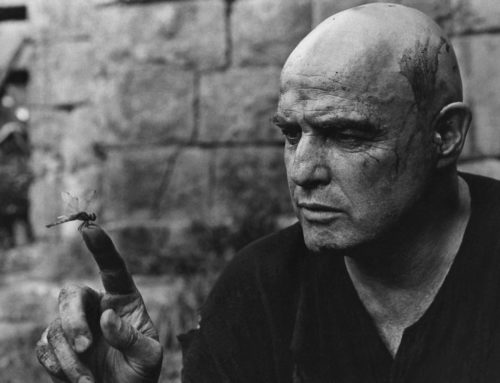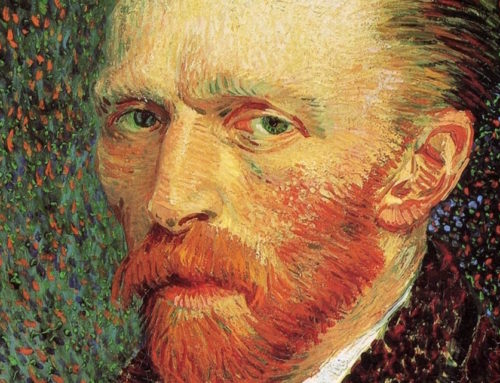Since the opening of PIXAR’s 1995 hit Toy Story (Lasseter) CGI animation has taken over the field of animation with many studios leaving traditional animation behind in the dust. The use of CGI to entirely animate a film has only been around for 21 or so years. In the early 1990’s PIXAR studios was commissioned by Walt Disney Studios to create the first fully CGI animated film. There were difficulties along the way but in 1995 Toy Story was released and was more successful than Walt Disney Studios had ever thought that it would be. Many people, both critics and the everyday film goer, where blown away by the animation. Thus changing the course of animation forever.
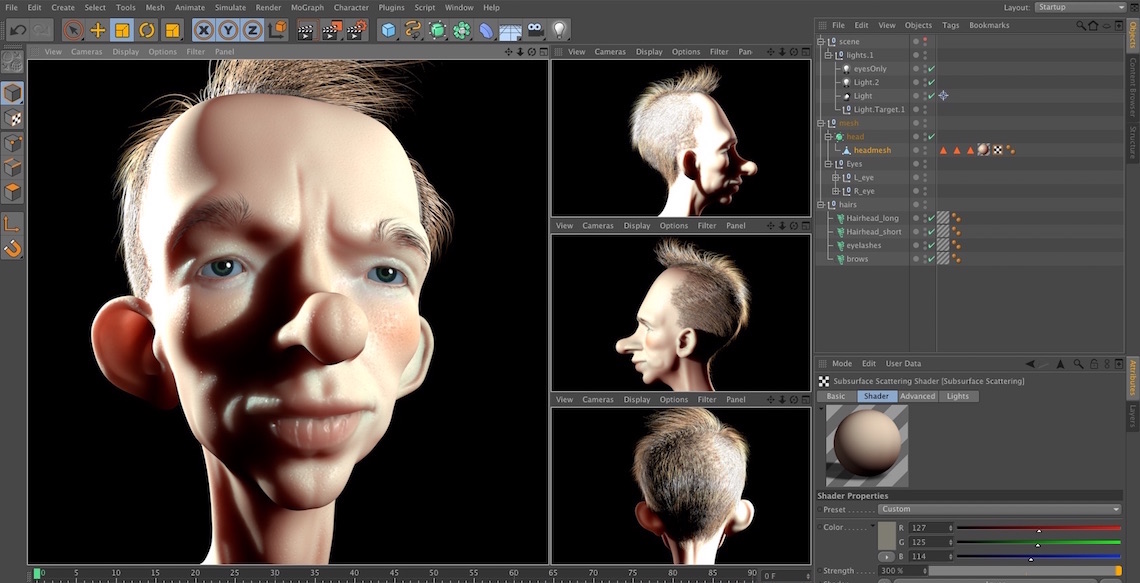
CGI stands for computer generated images, and has almost completely demolished the use of traditional animating methods in western culture. Initially CGI was used in live action films to create images that otherwise wouldn’t have been possible. It’s first major use was in Westworld (Crichton, 1973) to create Yul Brynner’s character’s POV. This initial use was actually 2D rather than 3D. Since that first entertainment based use of CGI it has developed through similar uses in other live action films including Star Wars (Lucas, 1977) and Jurassic park (Spielberg, 1993). However, it had not been used to create an entirely animated world before 1995. Walt Disney Studios had been using CGI to create 2D computer generated images in some of their films during the “dark ages” of Disney. However, a lot of the animators where unhappy with the way that those films came out as there is a separation between the CGI characters and the traditional painted backdrops. An example of a film produced using this method would be Oliver & Company (Scribner, 1988). These uses of CGI animation continue to be used the same way in the case of live action films. However, not so much in animated films since the release of Toy Story in 1995 which was a massive success to say the least. It has the highest domestic gross of any film released in 1995, earning $191.8 million in it’s lifetime. Allowing for PIXAR to prove that CGI animation to create a full length feature film was a viable option, thus kick starting the rise of CGI animation to create feature length films.
Even with the rise of CGI animation some studios still aspire to use or make their films look as though they use traditional methods including Walt Disney Studios and Studio Ghibli. Walt Disney studios produced two out of nine films in the last ten years in a style similar to that of traditional animation methods, however they are computer generated. Walt Disney Studios created Princess and the Frog (Clements and Musker, 2009) and Winnie the Pooh (Anderson and Hall, 2011) in this way to somewhat nod to how the studio became what it is. As without those traditionally animated films, such as the fairytales and Winnie the pooh, the Studio wouldn’t exist. Studio Ghibli on the other hand does use traditional methods throughout most of the production of their films whilst experimenting with the use of CGI.
CGI animation to fully create films has changed the face of animated film making. The industry is constantly coming up against new battles with this technology and finding a way to make it work the way that they want it to. Whether it be to create realistic water, or fur, or hair or simply to have an entire ant army made up of hundreds. This technology is still developing and conquering issues that come up when creating films using it. However, despite this it is technology that has risen from being something to aid the creation of live action films to re-establishing animation as a film-making process. This new technology has become a constant in the industry.
‘CGI animation takeover’ is an article written by Bethany Crow. You can read more articles written by Bethany on her film and TV blog.

